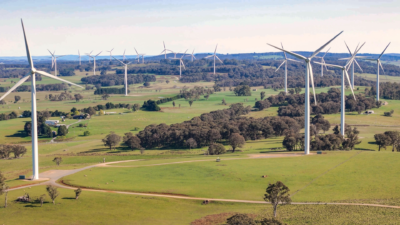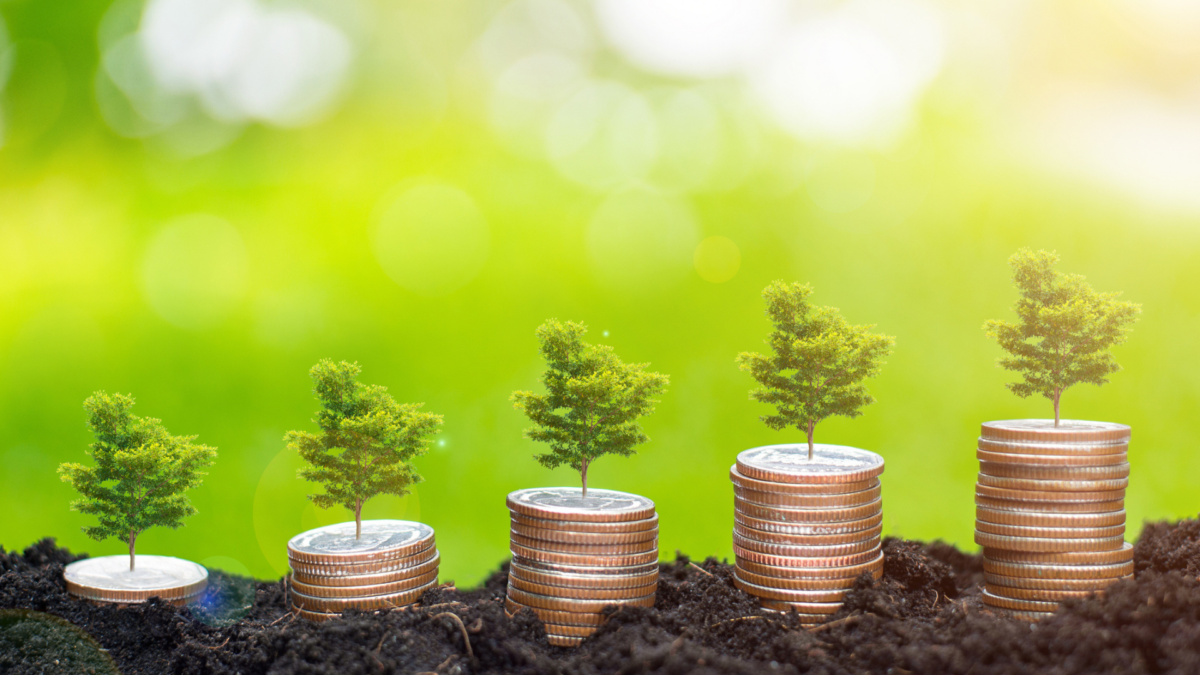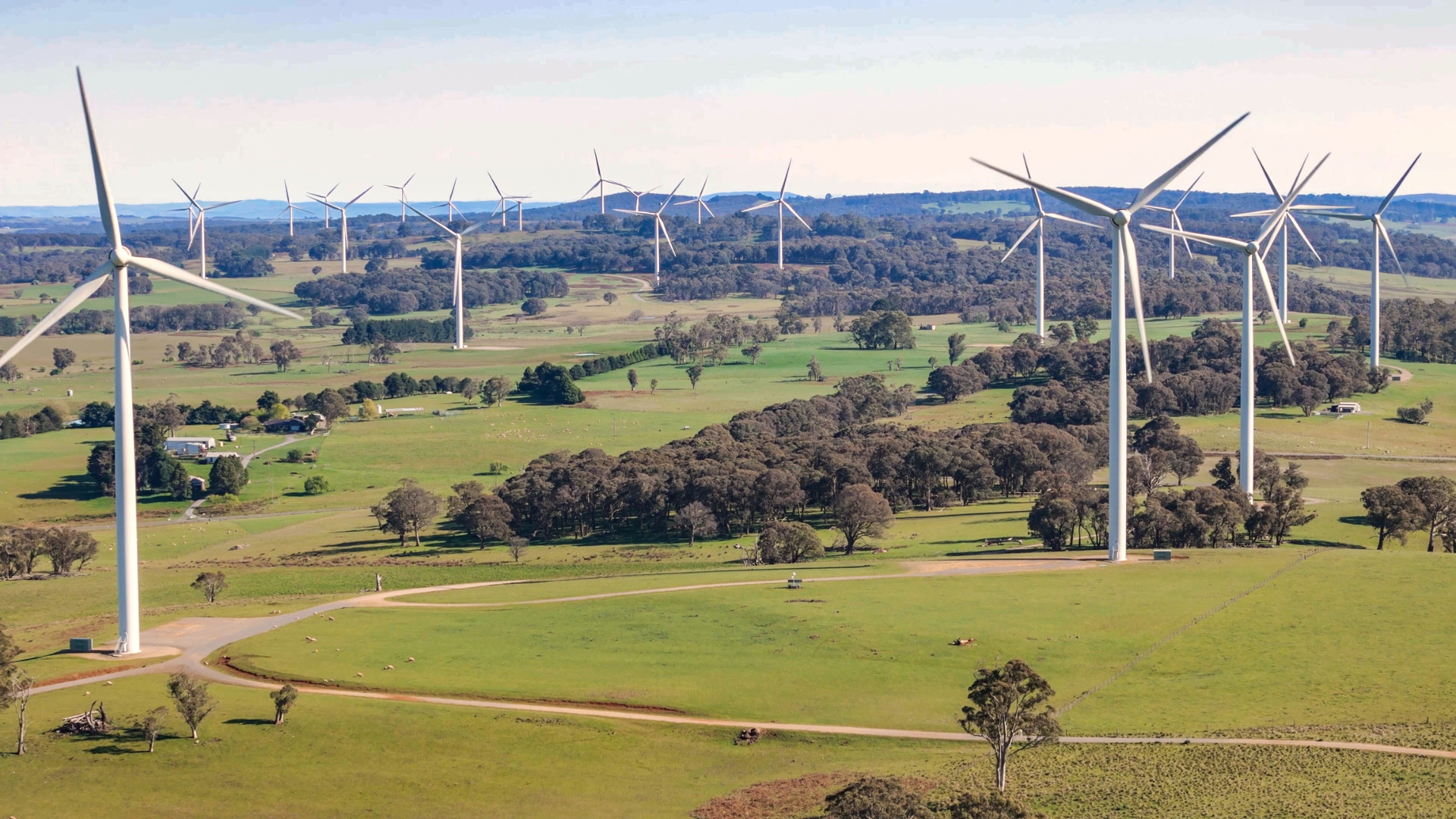Green bonds enjoying fresh shoots despite US pushback on ESG
Green bond issuance has shrugged off a volatile first quarter and is set for a bumper year, despite the pushback from the Trump administration and US markets, according to bond specialists.
AXA Investment Managers (AIM), which has $AU1.47 trillion under management, of which $824 billion is invested in environmental, social and governance (ESG) related, sustainable or impact investments, expects green bond issuance to reach a record $900 billion this year, driven by strong growth in Europe.
That would take the total green bond market to about $4 trillion, or about four per cent of the global bond market, a doubling in the past two years.
Johann Ple, AIM fixed income portfolio manager, which has about $10 billion under management, half of which is in green social and sustainability (GSS) assets, says global growth (excluding the US) will be driven by supportive regulation and strong investor demand from a maturing market.
“It reflects a growing emphasis on transparency as well as the drive to direct capital towards net-zero transition,” which refers to balancing global greenhouse emissions with reductions.
AIM manages about $700 billion in fixed income, of which $64 billion is in GSS bonds.
Michiel de Bruin, head of global macro and portfolio managers at Robeco Global, an international fund manager with about $374 billion under management, says: “The recovery from the first quarter was mainly driven by European green bond issuance. While a lot of the pushback has been contained in the US, the overall impact from this would be minimal as Europe has continued to be the dominant player in the green bond market.”
De Bruin says there is a diminishing risk of the so-called green premium concerns, or “greenium”, resulting in lower yields due to high demand and ESG mandates being enforced by institutional investors and governments. “From a Euro lens, the widely discussed concept of ‘greenium’ is arguably a thing of the past, with EUR green bond market trading almost on par to conventional bonds,” he says.
The euro accounts for about 60 per cent of these bond issuances, making it the sector’s dominant currency.
Ple adds: “Despite the current ESG backlash in the US, sustainable investments continue to grow, boosted by the Inflation Reduction Act,” a pollution reduction policy introduced under the presidency of Joe Biden.
“Rather than issuing explicitly labelled green bonds, many US corporates are choosing to incorporate sustainability objectives into their broader financial strategies,” he says.
The Australian green bond market has expanded rapidly since its inception in 2014 and by the first half of 2023 totalled around $13 billion, Reserve Bank of Australia (RBA) figures show. The main local issuers include state treasury corporations, major banks and “kangaroo issuers”, which are non-resident organisations’ issues of Australian dollar-denominated bonds.
The Federal Government last year issued a $7 billion, 10-year green treasury bond, maturing in 2034, that attracted $22 billion in bids from local and international investors. It now plans to expand its green bond program, issuing bonds at different maturities to create a yield curve, according to the RBA.
China this year also launched its inaugural green bond worth $1.3 billion.
“As sustainable finance continues to mature, especially with strengthening regulatory frameworks and government support across Asia, we expect the region to become a key engine of growth after Europe,” Ple says.
But the sector continues to confront a range of challenges, ranging from allegations of greenwashing, which means issuers inaccurately labelling bonds as “green” for commercial advantage, through to inconsistences across jurisdictions as to what constitutes “green”.
In addition, the recent US experience shows that government weakening of environmental regulations can reduce the incentive or perceived value of green bond issuance.
Dugald Higgins, head of responsible investment and real assets at Zenith Investment Partners, says: “I think that the takeaway is that this market will continue to evolve, and assessment of what qualifies as sustainable will continue to be refined. This means that we end up with less ‘grey in the green’.”










